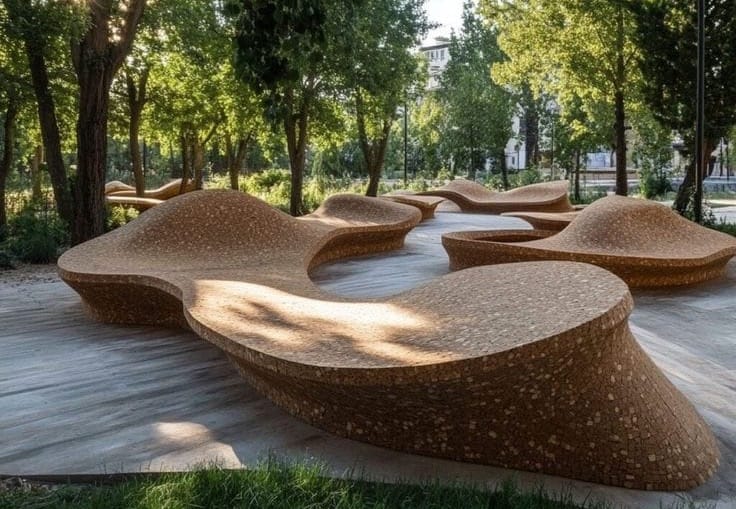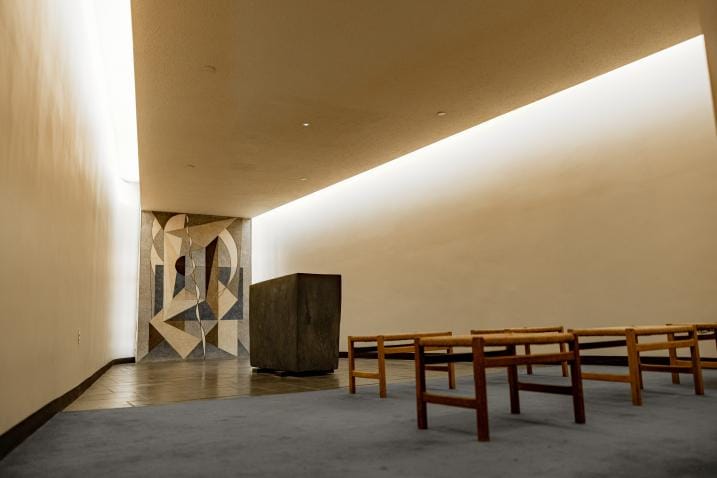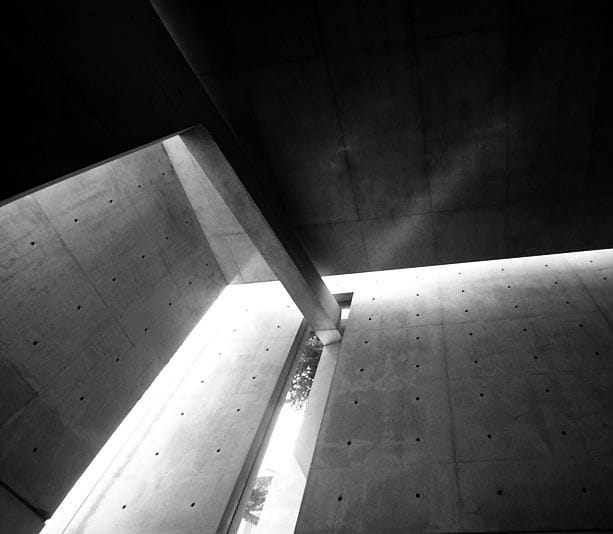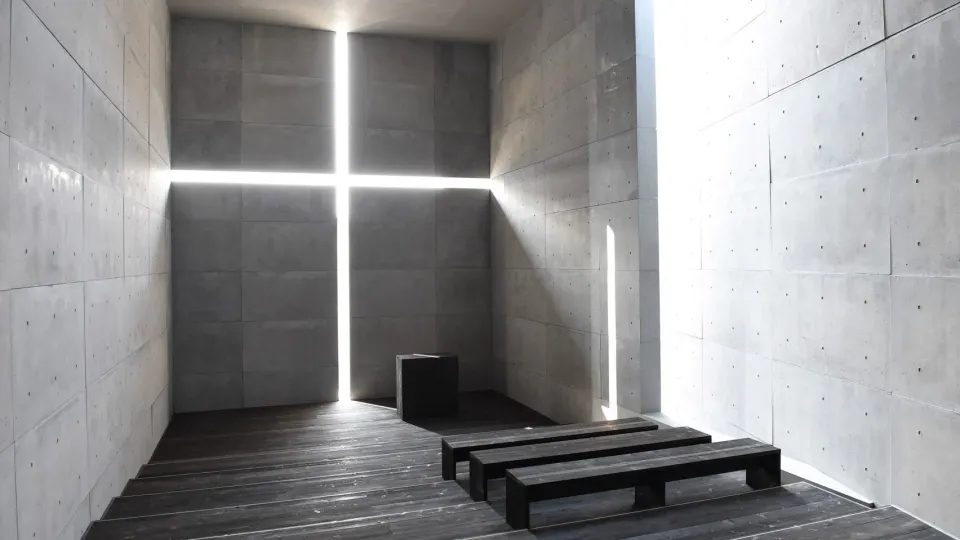DESIGN

The association between nature and calm is now widely accepted. Time spent in natural environments has been shown to lower cortisol, improve mood, restore attention and reduce rumination. Yet much of this knowledge has been reduced to surface gestures in design: vertical gardens, plant walls, timber accents. The term biophilic

Not every home needs a meditation room. But every home, and every workplace, hotel, clinic or school needs somewhere to withdraw. Somewhere unprogrammed, quiet and psychologically off-limits to interruption. In architectural terms, we often call this a "quiet room," but the principle is broader: how do we design

Modern environments are designed for performance. Airports, offices, shopping centres, even homes are programmed for output. Noise is not just tolerated but expected. It signals life, efficiency, progress. In this context, silence is treated as failure. A space that does not speak, entertain or produce is viewed with suspicion. Yet

What happens when a building does not speak, but listens? In an age of overstimulation, the quietest spaces can offer the most impact. This article explores how silence is not just the absence of noise in architecture, but a powerful tool for shaping emotional, sensory, and spatial experience. Silence in